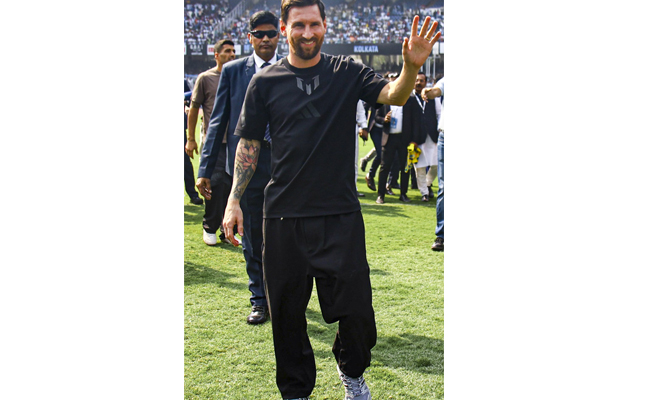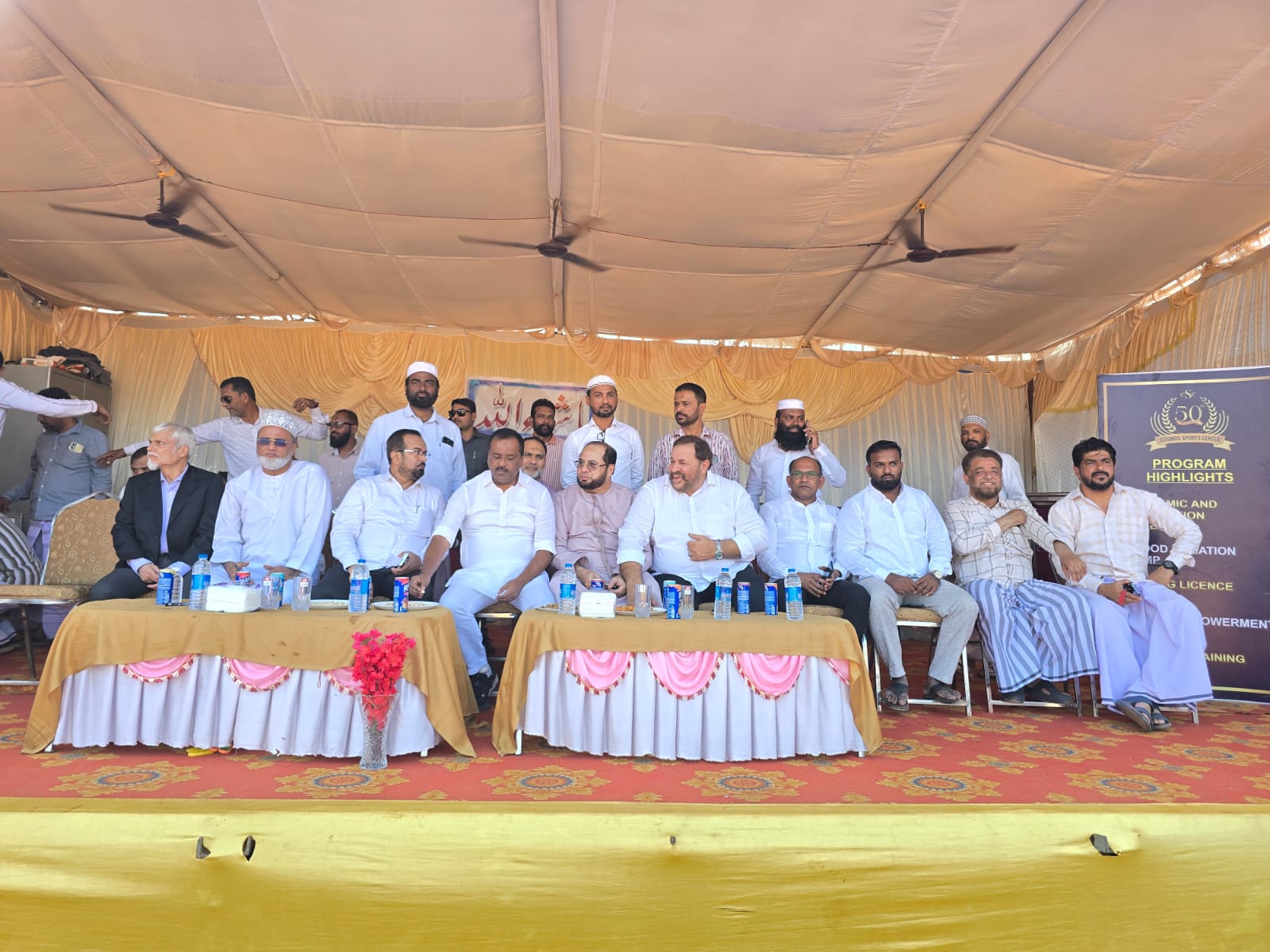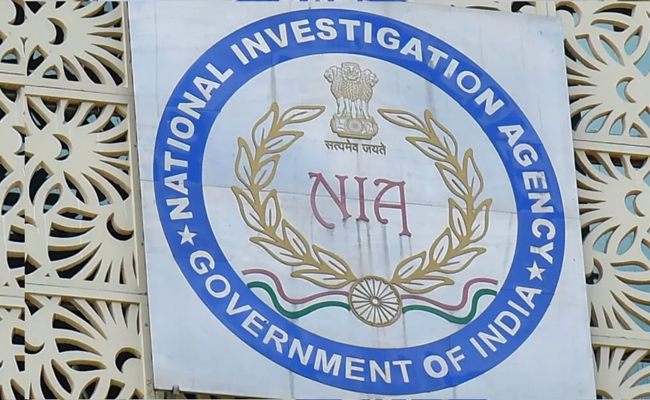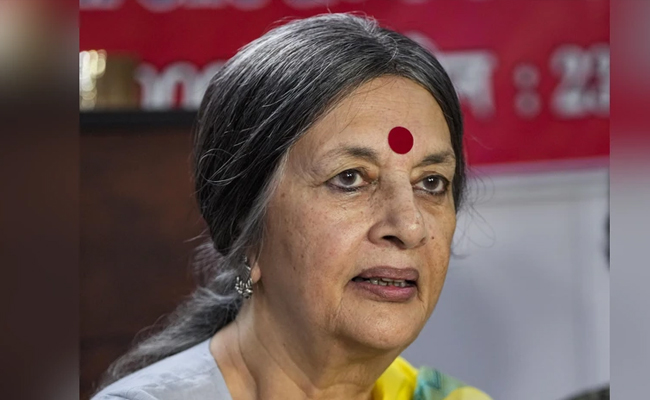New Delhi: The BCCI is forming a COVID-19 task force and it will include, among others, former captain and National Cricket Academy chief Rahul Dravid, the apex body said in its SOP to state associations.
Dravid being the head of NCA is likely to be the head of the said task force.
Players will have to sign a consent form before resuming training at their respective centres as per the standard operating procedure, which bars anyone above 60 years of age and individuals with underlying medical conditions from being part of the camp.
For resumption of training at the NCA in Bengaluru, the COVID task force will include Dravid, a medical officer, a hygiene officer and BCCI AGM, Cricket Operations.
Their responsibilities will include communicating "clearly and regularly with the players, explaining measures being taken to manage risk, and the advice being given to individuals to follow the same and update of COVID19 cases to relevant higher management".
Like the players at their respective state centres, cricketers at the NCA too will have to sign a consent form before resuming training.
"All the Players and staff including administrative staff of NCA shall be tested for COVID-19 (RT-PCR test) to detect the possibility of COVID 19 infection before the resumption of training," as per the SOP.
"Prior to the commencement of National Cricket Academy, the players shall submit a written undertaking to abide by all the protocols prescribed in this SOP and various Government orders issued from time to time in the context of COVID19 prevention."
According to its 100-page-long SOP, the players will have to sign the form acknowledging the risks involved with resumption of training amid the COVID-19 pandemic.
The 2019-2020 domestic season ended in March but the upcoming season, which usually starts in August, is set to be curtailed due to the health crisis.
"The health and safety of players, staff and stakeholders will be the sole responsibility of respective State Cricket Associations," read the BCCI guidelines on resumption of cricket, which is in PTI's possession.
From travelling to the stadium to training there, the players will have to follow strict safety protocols.
Before the commencement of the camp, the medical team should acquire travel and medical history (past 2 weeks) of all players and staff through an online questionnaire. Any player and staff suspected to have COVID-19-like symptoms should undergo PCR tests.
"Two tests one day apart (Day 1 & Day 3) should be done to account for false negatives. If both the test results are negative, only then they should be included in the camp," read the SOP.
The players will have to wear a N95 mask (without a valved respirator) on the way to the stadium and will be encouraged to wear eyewear in public places as well as during training.
"A webinar before commencement and in-person education workshop on Day 1 of the camp must be conducted by the CMO (Chief Medical Officer, to be appointed by all state units) for all players & staff..."
Players are advised to take their own transportation on way to the stadium.
Following the ICC's ban, the players are barred from using saliva on the ball. Their body temperature will be checked every morning before the training session and if any of them develops symptoms of coronavirus, he should go into self-quarantine until more help arrives at the ground.
"Spectators, players' parents and other visitors should not be allowed entry into the stadium at any time of the day. Only players, support staff and other accredited ground, catering and security staff should be permitted.
"If any visitors are permitted, then they must be compulsorily screened using non-contact thermometer before entry into the stadium/ground. They must wear a triple layer mask covering their nose and mouth at all times."
Only one entry point to the stadium should be accessible to control access to the ground. The ground staff should prepare the ground and the wickets during the time outside of the team training hours, read the BCCI guidelines.
It is not yet clear but when domestic season starts, all government guidelines will have to be followed.
"All decisions about the resumption of sporting activities must take place with careful reference to these principles following close consultation with MoHFW (union health ministry) and/or Local Public Health or other authorities, as relevant.
"Resumption of training will happen in a phased manner with progression from outdoor training activities to indoor training over the next few weeks as permitted by local health authorities," the SOP added.
The BCCI has also mentioned that the injury management of players could be remotely monitored with a detailed flow chart which indicates that injured players could discuss their issues over video call with NCA physio.
Once injury is reported, head of NCA will depute a physio who will monitor it via video call as all medical reports are submitted. The rehab program then will be emailed.
The players will also have a detailed form that they will submit to the trainer which includes, the kind of exercises they have done, and contain information about pre and post lockdown weight.
Let the Truth be known. If you read VB and like VB, please be a VB Supporter and Help us deliver the Truth to one and all.
Mumbai (PTI): In view of Argentine superstar footballer Lionel Messi's visit to Mumbai on Sunday, the city police are implementing stringent security measures, like not allowing water bottles, metals, coins inside the stadiums and setting up watchtowers to keep an eye on the crowd, officials said.
The police also said taking extra care to avoid any stampede-like situation and to prevent recurrence of the chaotic situation that unfolded in Kolkata during Messi's visit on Saturday as thousands of fans protested inside the Salt Lake stadium here after failing to catch a clear glimpse of the football icon despite paying hefty sums for tickets.
Messi is expected to be present at the Cricket Club of India (Brabourne Stadium) in Mumbai on Sunday for a Padel GOAT Cup event followed by attending a celebrity football match. He is expected to proceed to the Wankhede Stadium for the GOAT India Tour main event around 5 pm.
"In view of Lionel Messi's visit to Mumbai, the police are geared up and have put in place a high level of security arrangements in and around the stadiums located in south Mumbai. Considering the chaos that prevailed in Kolkata and the security breach, we have deployed World Cup-level security arrangements at Brabourne and Wankhede stadiums," an official said.
Expecting heavy crowd near the stadiums during Messi's visit, the city police force has deployed more than 2,000 of its personnel near and around both the venues, he said.
As the Mumbai police have the experience of security 'bandobast' during the victory parade of ICC World Cup-winning Indian team and World Cup final match at the Wankhede Stadium, in which over one lakh cricket fans had gathered, we are prepared to handle a large crowd of fans, he said.
"We are trying to avoid the errors that occurred in the past," the official said.
There is no place to sneak inside the stadiums in Mumbai like the Kolkata stadium, according to him.
The police are also asking the organisers to provide all the required facilities to the fans inside the stadium, so that there will be no chaos, he said, adding the spectators have purchased tickets in the range of Rs 5,000 to 25,000. After paying so much of amount, any spectator expects proper services, while enjoying the event, he said.
The police are expecting 33,000 spectators at the Wankhede Stadium and over 4,000 at Brabourne Stadium. Besides this, more than 30,000 people are expected outside and around the stadiums just to have a glimpse of the football sensation, he said.
The organisers responsible for Messi's India visit recently came to Mumbai to discuss security arrangements. During the meeting, the Mumbai police asked them not to take the event lightly, according to the official.
After those requirements were fulfilled, the final security deployment was chalked out, he said.
Police has the standard procedure of the security arrangements inside the Wankhede Stadium, where people are barred from taking water bottles, metals objects, coins. Police are setting up watch towers near the stadiums and there will be traffic diversions, so that there is maximum space available to stand, according to the official.
Police are also appealing to the spectators to use public transport service for commuting and avoid personal vehicles to reach south Mumbai.
To avoid any stampede-like situation, police are also taking precautionary measures and will stop the fans some distance ahead of the stadium and public announcement systems will be used to guide the crowd. Barricades will be placed at various places to manage the crowd.
In case the crowd swells up beyond expectation, the police will divert people to other grounds and preparations in this regard underway, he said.
Additional police force has been deployed in south Mumbai to tackle any kind of situation, he said.





